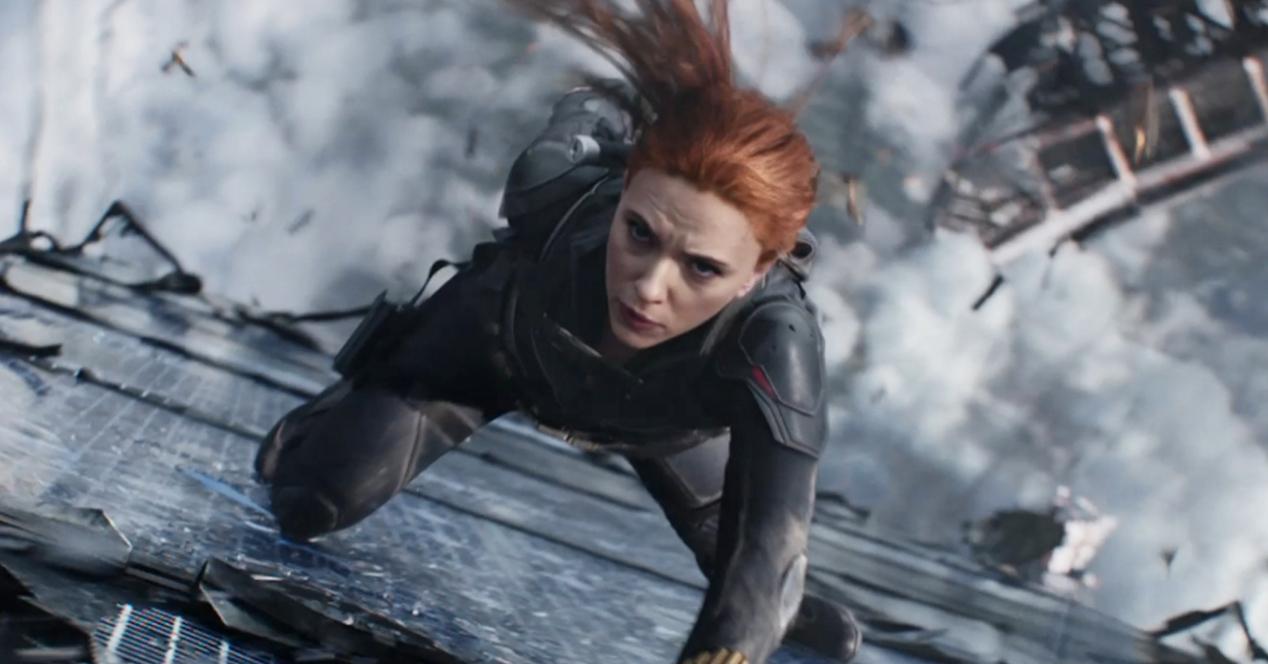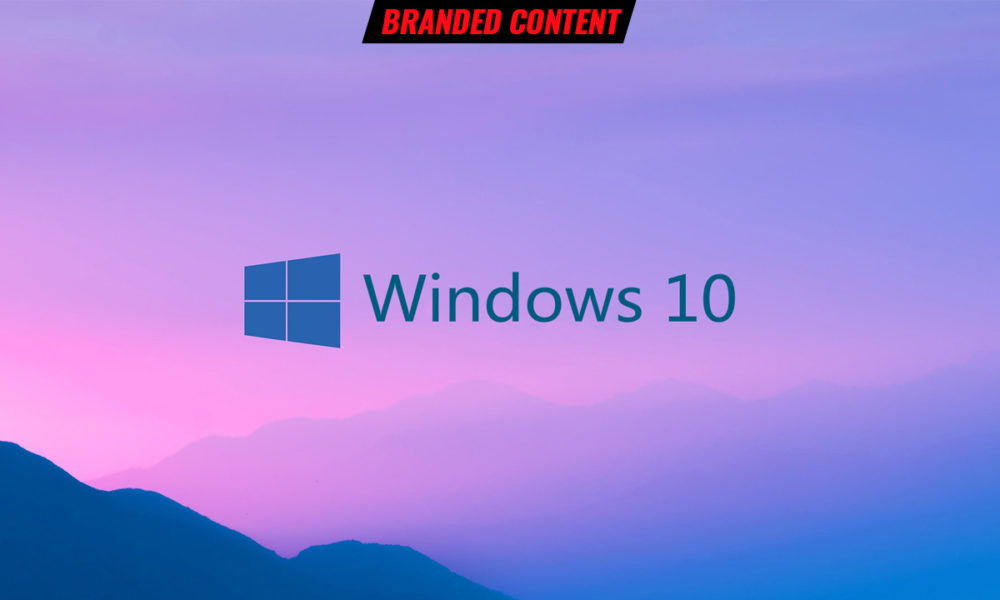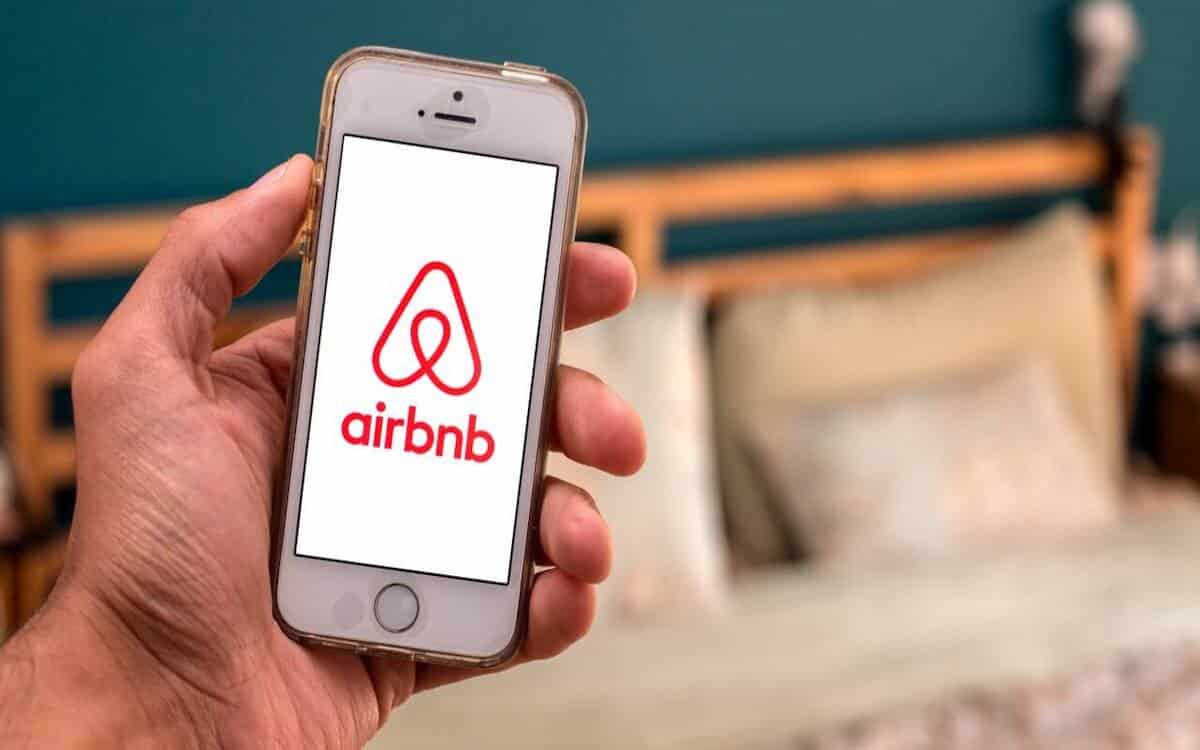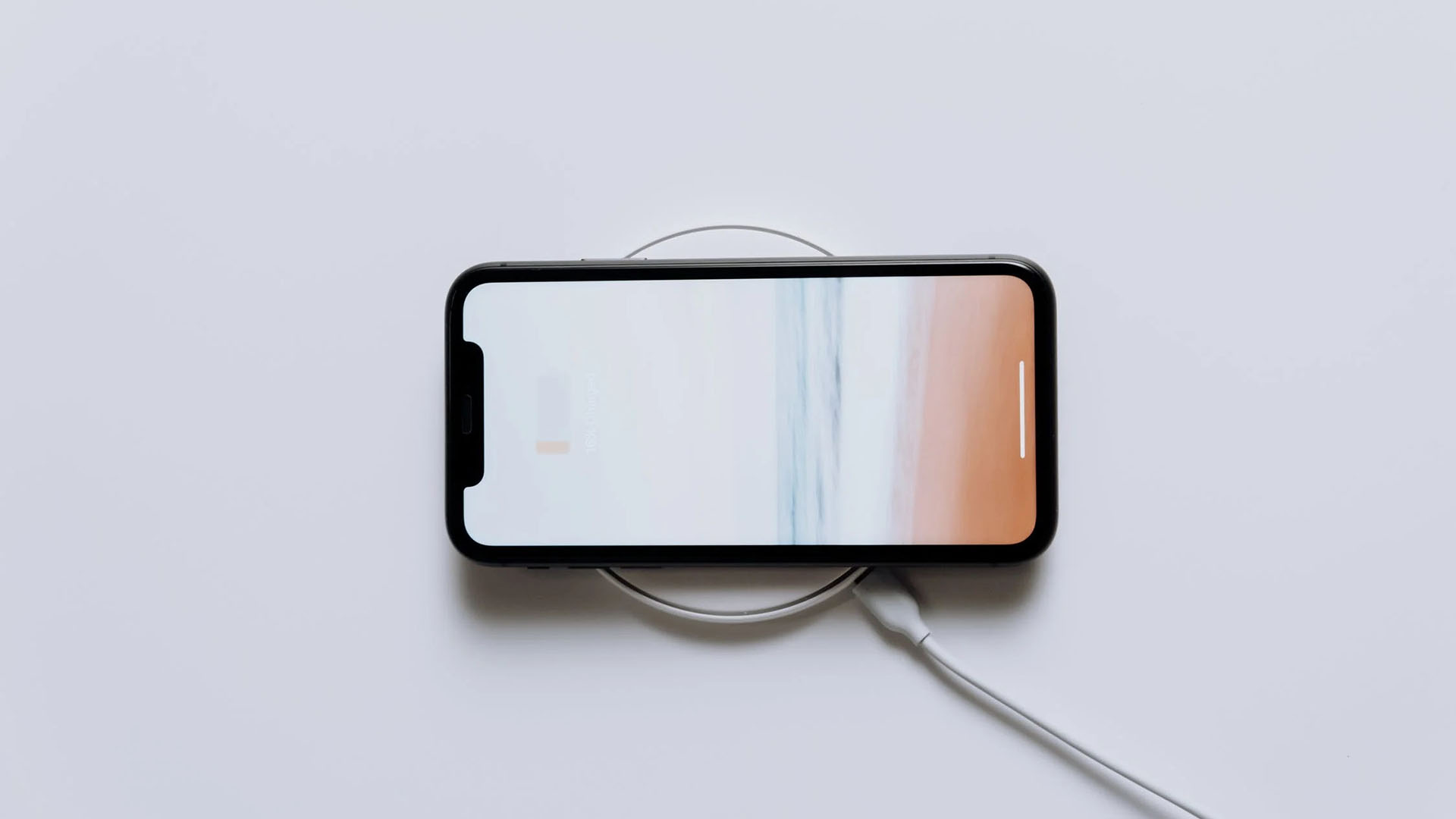
Brussels intends to impose USB-C as the standard port for connecting electronic devices. But the European Commission intends to leave the field open to wireless charging, in addition to or in place of USB-C.
The European Union is launching the battle for a truly universal charger, with the announcement of a revision of its directive on radio equipment. Concretely, this involves making USB-C the standard port for a large number of electronic products sold on the continent: smartphones, tablets, speakers, headphones, portable consoles and cameras, etc.
For this, the action launched by the Commission is based on three axes: first, a common charging port for electronic devices. Clearly, the physical connector on the products must be USB-C. Then, harmonization of the external power supply, to allow fast charging. Finally, the sale of the charger must be separated from the purchase of the electronic product.
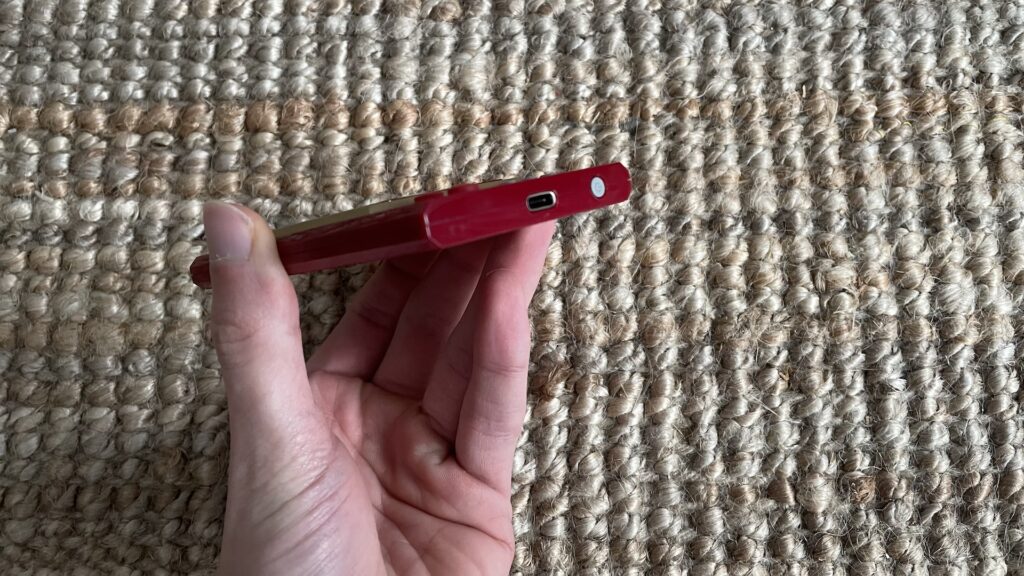
What future for wireless charging?
But this offensive on wired charging may question the future of a wireless alternative, that is to say by induction, when the smartphone is placed on a suitable support. In this regard, the European Commission has provided details of its intentions, in a frequently asked questions published on September 23. In short, if Brussels intends to impose USB-C, it is not opposed to wireless charging.
Thus, the Commission underlines that its proposal “ does not set specific technical requirements for wireless charging “. Consequently, the industrialists ” remain free to incorporate any wireless charging solution into their products », Which is already the case in practice. For a few years now, there have been models capable of taking up the battery by cable or by being placed on a dedicated support.
Brussels leaves the field open to wireless charging, in addition to or to replace USB-C.
However, an uncertainty remained. How would this revised directive impact smartphones (or any other electronic product, for that matter) that only rely on wireless charging? Clearly, what about a smartphone that would no longer have any physical port, which would charge thanks to induction and would transfer data using wireless protocols (Wi-Fi, Bluetooth)?
The Brussels FAQ states that if manufacturers want to integrate a wireless charging solution, they are free to do so ” in addition to wired charging via the USB-C port “. We have contacted the European Commission to remove any ambiguity on this subject, because the wording suggests that the sale of a mobile without any USB-C port would be impossible in Europe.
Devices that only charge wirelessly may escape USB-C
According to our information, the directive does not intend to block the prospect of 100% wireless smartphones, without any ports. In other words, manufacturers do not have the obligation to integrate a USB-C port, if they want to offer a completely different approach. If the electronic device only charges wirelessly, it is not necessary to integrate a USB-C charging port.
The USB-C port is only required if the device is capable of being charged via a wired connection. But in fact, if the 100% portless smartphone is not a problem, its support does need a wire to connect to a power outlet. However, this type of product does not appear in the list concocted by Brussels to impose USB-C.
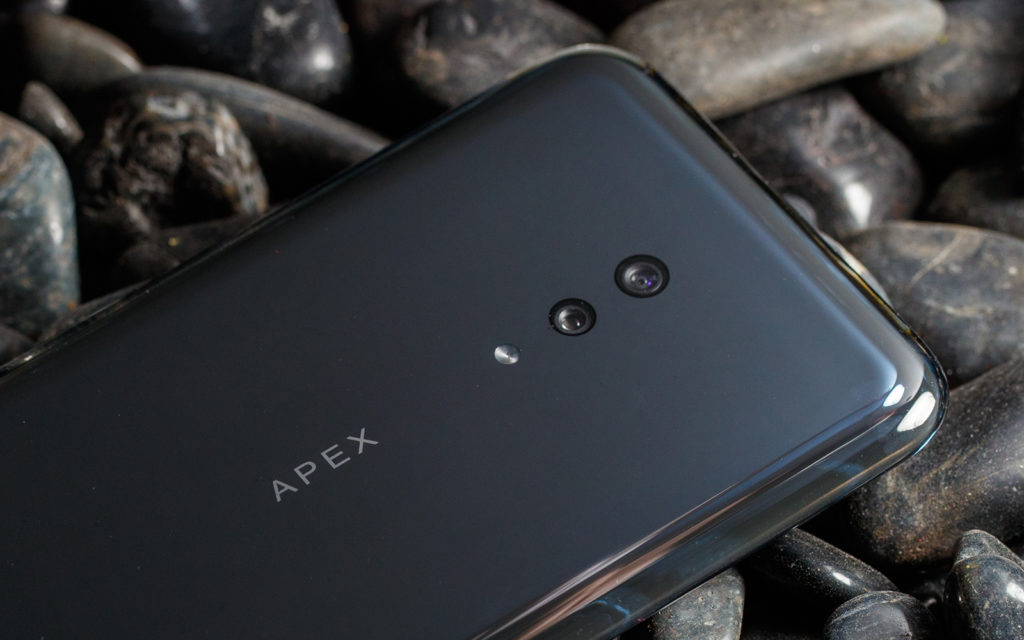
This subject is not trivial and could in fact impose itself in the years to come. A few brands have launched conceptual devices like the Vivo Apex 2019 and the Meizu Zero, oriented towards a horizon without any USB connector. An opportunity to survey the market and take the temperature. None, however, has really taken the plunge of such a radical break.
Apple, which is under pressure with its Lightning port, could take the opportunity to switch directly to an iPhone without any connector. Noises from the hallway indicate a project of this type. This is a turn that the company would be able to take: after all, it dared to leave the jack. For now, this 100% wireless iPhone is still theoretical. The latest models announced remain under Lightning.
